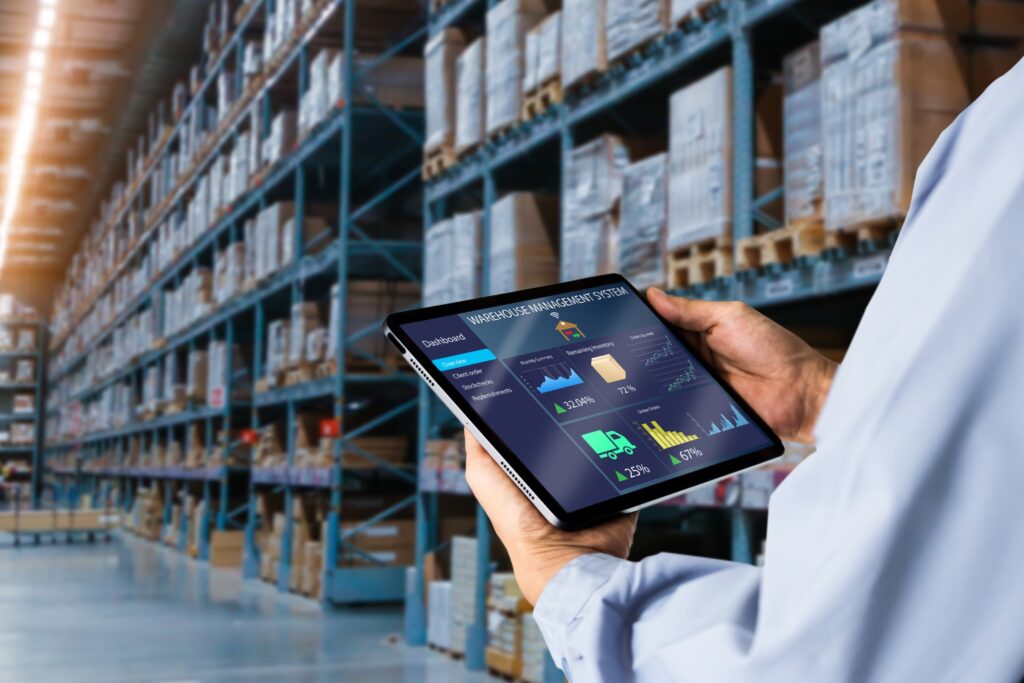
Introduction
The world of agencies is changing very quickly. It gets harder to get clients and there are more tools available every year. In 2025, things that worked in 2020 might not work as well, especially when it comes to technology. Agencies that still use a lot of different tools are having a harder time keeping up, while those that switch to better, more unified systems are getting a big advantage.
These days, an operating system for an agency is more than just a bunch of useful apps; it’s a strategy backbone. Marketing, sales, contact, and reporting can all be done in one place with platforms that are designed to work as a smart agency OS. For companies to pick the best system, they need to know which features are the most important. In order to stay ahead of the curve in 2025, we’ll look at the most important CRM OS features agencies should consider.
A Unified CRM Core That Powers Everything
A uniform CRM is the first and most important part of a smart business OS. A lot of companies used CRMs in the past as fancy contact systems. These days, a united CRM is like the brains of the business. It brings together marketing platforms, sales processes, and contact with clients into a single source of truth.
A strong CRM lets businesses get leads from landing pages, forms, live chat, and social media, and then store all of that information in one place. This gets rid of duplicate records and material that is broken up. Each talk with a client or lead is recorded instantly, so everyone on the team always knows what’s going on and can pick up where a conversation left off.
The CRM’s main purpose also makes work easier. Without the need for external connections, automation processes can be set off by CRM data. Reports use live channels to get exact numbers. This amount of cooperation makes the agency run more smoothly, quickly, and openly.
Automation That Works Seamlessly Across Departments
Automation has been around for a while, but the way that agencies use it has changed. By 2025, smart agency operating systems will have made automation a normal part of daily work, not a different, hard-to-set-up process.
There used to be a time when marketing automation lived in one platform, sales notes lived in another, and client training routines lived in yet another. Breakdowns happen because of this division. Automations don’t talk to each other, teams do the same work twice, and clients get mixed messages.
An up-to-date OS already has algorithms built in. Personalized follow-ups are automatically sent after marketing efforts. Sales teams get alerts based on what leads are doing without having to switch systems. Behind the scenes, client retention routines make sure that each customer always gets the same amount of care.
One of the most important crm os features agencies can’t live without is this amount of built-in automation. It saves time, cuts down on mistakes made by people, and makes sure that projects keep going even when team members are busy with other things.
Multi-Channel Communication in One Place
One of the hardest things for agencies is keeping track of talks that happen on different platforms. Email, texts, calls, social messages, and chat tools are all ways that clients and prospects can talk to each other. It’s easy to lose track of exchanges when you use different tools for each of these venues.
When you use a smart OS, all of your messages go into one folder. It doesn’t matter if the message comes through email, SMS, or another method; it instantly links to the right person. Members of the team can see all of their past talks in one log. This makes it easier for them to respond quickly and consistently.
Not only is this helpful, but it also makes the business better. Clients like it when companies react quickly and remember what they talked about in the past. Teams spend less time looking through old threads or jumping between apps when they work together. One of the most useful and game-changing parts of current agency platforms is unified communication.
Built-In Funnel and Website Builders
In the past, companies would often use different website tools, landing page makers, and third-party connections to track leads. These sets ups worked, but they were easy to break. If a form didn’t sync right or an interface went bad, leads were lost.
These days, the best smart agency platforms have website and funnel builders built in as standard. Within the same setting as their CRM, agencies can make landing pages, lead forms, and full websites. This gets rid of the need for extra connections and makes sure that each lead that is picked up goes straight into the system.
With this tool, marketing launches happen faster as well. They can make goods fast and share them without having to wait for hackers to add new tools. If a business wants to stay open in 2025, they value built-in route makers that work with their OS as a whole a lot.
Real-Time Dashboards and Reporting
It has always been hard for government bodies to report. Putting together slideshows, cleaning up files, and getting numbers from different tools all take a lot of time. These hours could be used to make efforts better instead. In 2025, smart OS platforms will have real-time screens that get information from all over the system right away. This will solve the problem.
This is where you can find all the information you need about leads, marketing results, conversion rates, contact data, and coming in with money. Teams don’t have to move between data tools to see the big picture. People can also visit their websites whenever they want to see the most up-to-date findings. There will be fewer “update” calls because of this.
When states have access to correct data in real time, they can decide what to do faster and with more information. Clients will trust you more if you show them that you are clear and responsible.
White-Label SaaS Capabilities for New Revenue Streams
One of the most interesting things to happen in the past few years is the rise of white-label SaaS models for businesses. Instead of just using a platform within their own company, companies can change the name of the OS and sell it to clients as their own software.
With this feature, companies can make extra money on top of the regular service deals they offer. By letting clients use the system, they build better ties with them and keep more of them. Once someone gets used to a source, they are less likely to switch to a different one.
When a company “white labels” an OS, it turns it from a tool into a product that they can sell. More firms are looking at this idea in 2025 as a means to generate more money and keep their company safer.
AI-Powered Enhancements Without Complexity
In 2025, everything should be as simple as possible, even while AI is still altering how agencies do their jobs. It makes logical for agency OS platforms to have AI built into their features. That way, people won’t have to move between AI tools or deal with settings that are hard to grasp.
AI can help you write follow-up notes, check on the status of your projects, estimate what leads will do next, and create plans for the day all on the same screen. Teams that don’t have data scientists or a lot of technical know-how can still use AI since it’s already built in.
They can get ideas faster and process better without having to add more tools to their stack when they use AI in their daily work. This feature is quickly becoming one of the most important ones that agencies look for in a CRM OS when they are looking at new ones.
Customization and Scalability for Growth
An OS that is good doesn’t stay the same; it can change as the business does. By changing the routines, data, and pipelines, agencies can make the system work with the way they do things. The platform can take on more clients as the team grows without having to be redone from scratch.
The technology that agencies use won’t become obsolete because it can be made bigger. Every two years, they don’t switch to a new system. Instead, they build on a base that changes as their needs do. Businesses are safe in a competitive market for a long time because they can adapt to new conditions.
Security and Data Protection Built In
When a company deals with more client information, security becomes more important. Modern operating systems have strong security features built in to protect private info. The program backs up data reliably, maintains it safe, and allows people see it depending on their occupations. It protects the business and its customers.
Agencies might be safer with just one layer than with several third-party apps that they have to trust with their security. It is now easier and better to deal with data and make sure everything is fine.

Conclusion
When there is a lot of business, the tech they use can either help them grow or hurt them. A smart company In 2025, OS is not a nice-to-have; it’s a must. The best ways are made to fix issues and make room for growth. The CRMs are all the same, automation is easy, contact is built in, route planners are built in, and AI drives the data.
It’ll be easy to pick a platform that will last for years if you know what features business need from a CRM OS. Thanks to technology that makes things easier, agencies can focus on what’s important: getting great results, building strong relationships with clients, and growing in a digital world that moves quickly.
